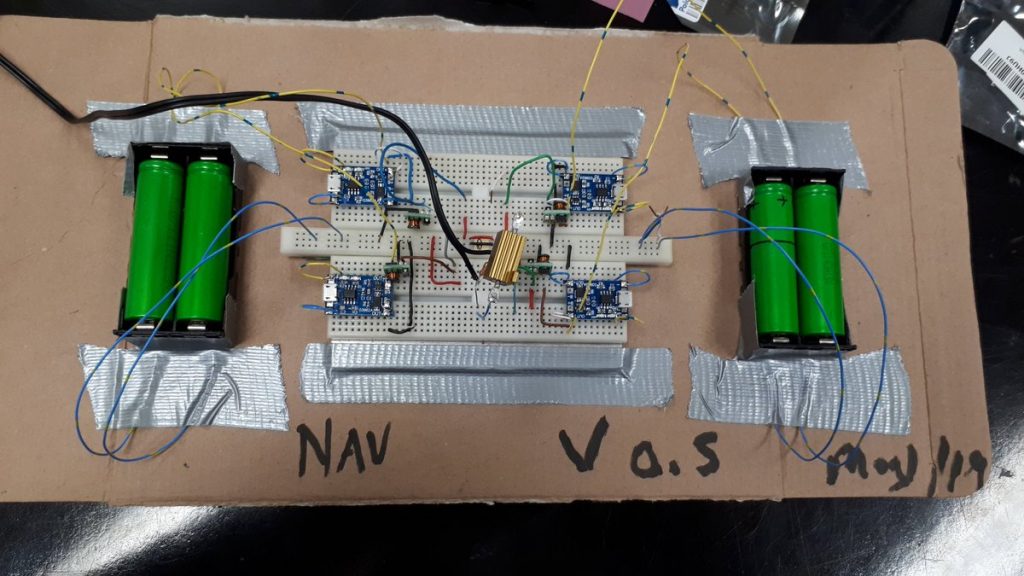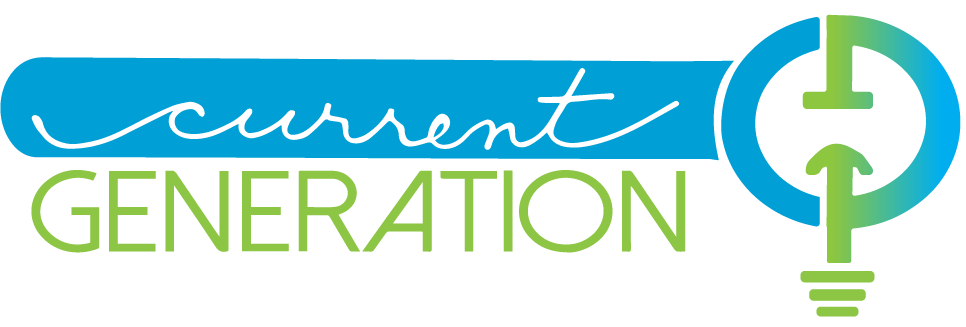Students all over the world need ways to charge their devices so that they can access global teachers. Our friend, Koen Timmers, has been working with the Kakuma Refugee Camp and more recently the Jane Goodall Foundation with the Innovative Labs Schools to bring global teachers to students in remote locations. Many students have devices, and there are teachers ready to teach, but there is no good way to charge their devices.
Riverview High Science 12 students decided to build a solar case that would collect the day’s energy while the students were inside studying. Then at night, the Brightcase could be used to charge their CAN lights, and/or their devices so that they may continue their chores and homework.
Our first iterations were not very efficient. We were trying to use relatively powerful, but low current solar panels donated to us by Voltaic Systems. (Thanks a bunch!! They were awesome to charge our individual NiMH lights) While they were certainly high enough voltage, the current was a bit low for this purpose. Since then, Voltaic Systems has donated more powerful panels, that arrived serendipitously as we determined the original ones were not quite the right fit for this purpose.
In addition, we wanted to use reclaimed lithium batteries from laptops. This meant going from 5-10V form the solar panel, to 3.7 V to the battery, back to 5V.
We reached out to our friends at NAVCanada, who have donated soldering stations, solder vacuum, solder, components, time, expertise, and coaching. They helped us go to the next level, talking about isolating circuits and how to deal with batteries that may not have the same life experience. We have a v0.9 circuit which charges a Samsung Tablet and an Iphone.

Now we just need to see how long it takes to charge the BrightCase. We are hoping that a day of light will do one complete tablet charge.

